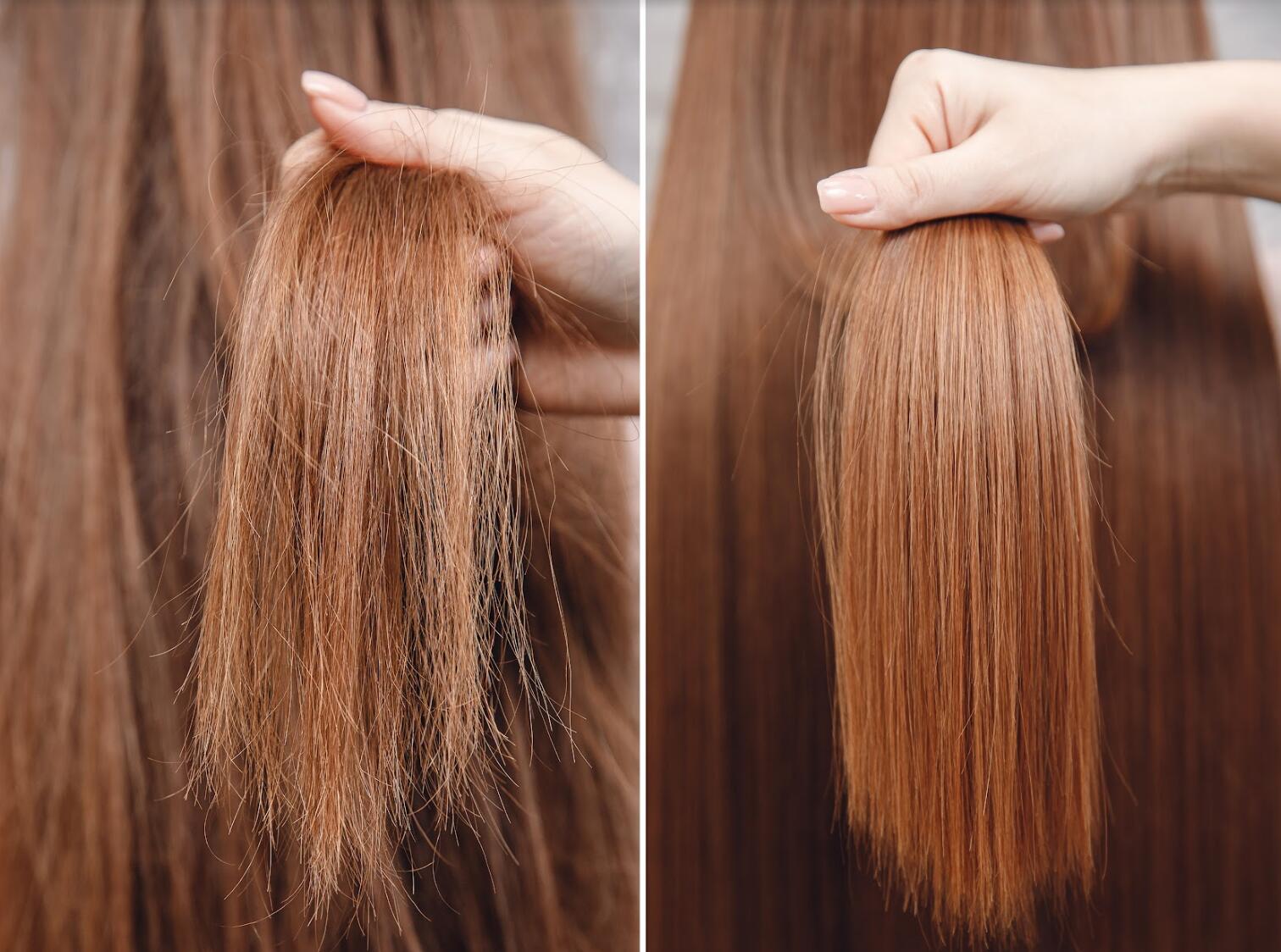However, factors such as genetics, diet, stress, and environmental aggressors can take a toll on our hair’s health and thickness. Fortunately, there are several natural ways to promote thicker and healthier hair without resorting to expensive treatments or products. In this blog post, we will explore some effective tips and tricks to help you achieve the gorgeous, voluminous locks you’ve always desired.
1. Maintain a Balanced Diet
The foundation for healthy hair starts with a well-balanced diet. Consuming a variety of nutrient-rich foods can provide your hair with the essential vitamins and minerals it needs to grow strong and thick. Some key nutrients for hair health include:
- Protein: Hair is primarily made up of a protein called keratin, so it’s crucial to consume adequate amounts of protein to support hair growth. Opt for lean sources like chicken, turkey, fish, beans, and lentils.
- Biotin: This B vitamin is essential for hair health and has been shown to improve hair thickness. Incorporate biotin-rich foods like eggs, nuts, seeds, and sweet potatoes into your diet.
- Iron: Iron deficiency can lead to hair loss and thinning. Ensure you’re getting enough iron by eating foods like red meat, spinach, lentils, and fortified cereals.
- Omega-3 Fatty Acids: These healthy fats help nourish the hair follicles and promote hair growth. Fatty fish like salmon, mackerel, and sardines are excellent sources of omega-3s, as are flaxseeds, chia seeds, and walnuts.
2. Be Gentle with Your Hair
Excessive heat styling, chemical treatments, and rough handling can damage your hair and lead to breakage and thinning. To prevent this, practice the following gentle hair care techniques:
- Minimize Heat Styling: Whenever possible, let your hair air dry, and avoid using heat-styling tools like flat irons, curling wands, and hair dryers.
- Use a Wide-Tooth Comb: Instead of a brush, use a wide-tooth comb to detangle your hair gently and minimize breakage.
- Avoid Overprocessing: Limit the use of chemical treatments, such as coloring, perming, or relaxing, which can weaken your hair and cause it to become brittle and prone to breakage.
3. Massage Your Scalp
A regular scalp massage can help stimulate blood flow to the hair follicles, promoting hair growth and thickness. Use the pads of your fingers to gently massage your scalp for a few minutes each day, either while you’re shampooing or as a standalone treatment. You can also incorporate essential oils like rosemary, lavender, or peppermint, diluted in a carrier oil like jojoba or coconut oil, to enhance the benefits of your scalp massage.
4. Try Natural Hair Masks and Treatments
There are several natural ingredients that can help nourish and strengthen your hair, resulting in thicker, healthier locks. Some popular options include:
- Egg Mask: Rich in protein and biotin, eggs make an excellent hair mask for promoting thickness and strength. Whip up one or two eggs (depending on your hair length), apply the mixture to damp hair, and let it sit for 20-30 minutes before rinsing with cool water.
- Coconut Oil: This versatile oil can deeply penetrate the hair shaft, providing essential nutrients and hydration. Apply a generous amount of coconut oil to your hair, focusing on the mid-lengths and ends, and let it sit for at least 30 minutes before washing it out.
- Aloe Vera: Known for its soothing and moisturizing properties, aloe vera can help promote a healthy scalp and hair growth. Apply pure aloe vera gel directly to your scalp and hair, leave it on for 30 minutes, then rinse with lukewarm water.
5. Get Regular Trims
While it may seem counterintuitive, getting regular trims can actually help promote thicker, healthier hair. Trimming the ends of your hair every 6-8 weeks can prevent split ends from traveling up the hair shaft, which can lead to breakage and thinning.
Conclusion
Achieving thicker and healthier hair doesn’t have to be complicated or expensive. By incorporating these natural tips and techniques into your hair care routine, you can promote strong, voluminous locks that are full of life. Remember, patience is key—give your hair time to respond to these changes, and you’ll soon see the results you desire.
